Embodied AI enables robots and autonomous drones to interact with the real world, but how does it work?
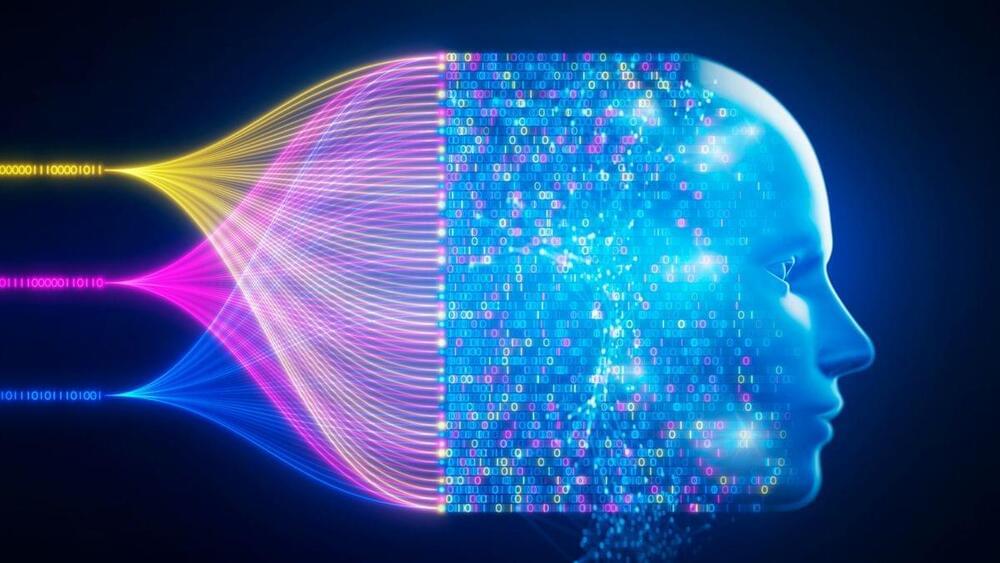

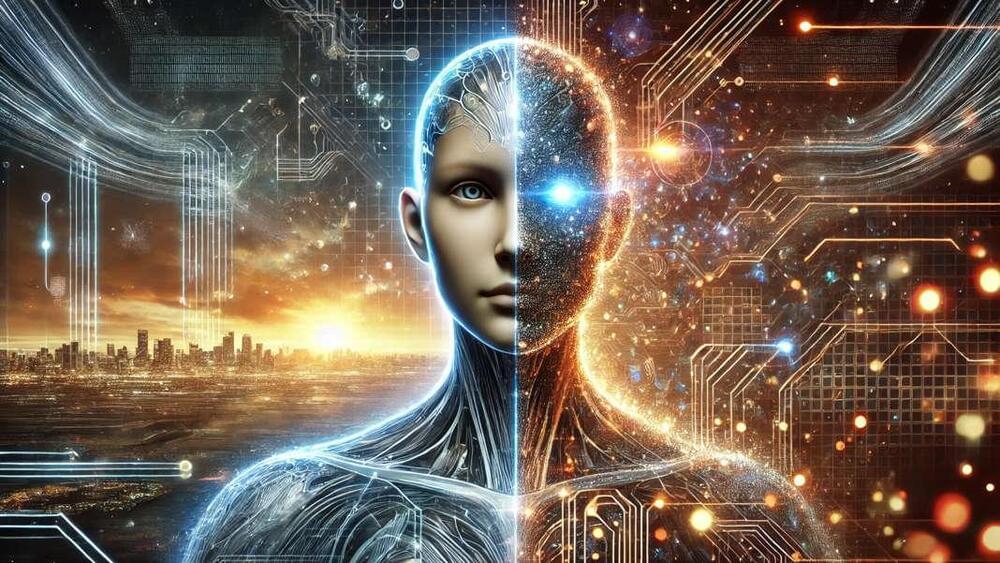
Are we on the path to becoming one with machines? 🤖✨ In this video, we dive deep into the concept of The Singularity—the point where humanity and artificial intelligence merge into one seamless entity. From advanced neural interfaces to AI-driven biological enhancements, we’ll explore the technologies paving the way for this future transformation.
Ever wondered what happens when AI becomes smarter than humans? As we approach the three “scary” stages of AI—AGI (Artificial General Intelligence), ASI (Artificial Superintelligence), and the ultimate stage, Singularity—the line between groundbreaking innovation and existential danger grows thinner.
In this video, we’ll explore these stages, the potential for AI to surpass human intelligence, and the profound consequences of machines thinking, evolving, and controlling their own destiny. Are we truly prepared for the rise of AI?
Chapters:
Intro 00:00 — 0:43
AGI (2025−2029) 0:44 — 4:55
ASI (2035) 4:56 — 7:19
SINGULARITY (2045) 7:20 — 10:13
Your Personalized AI Chatbot.
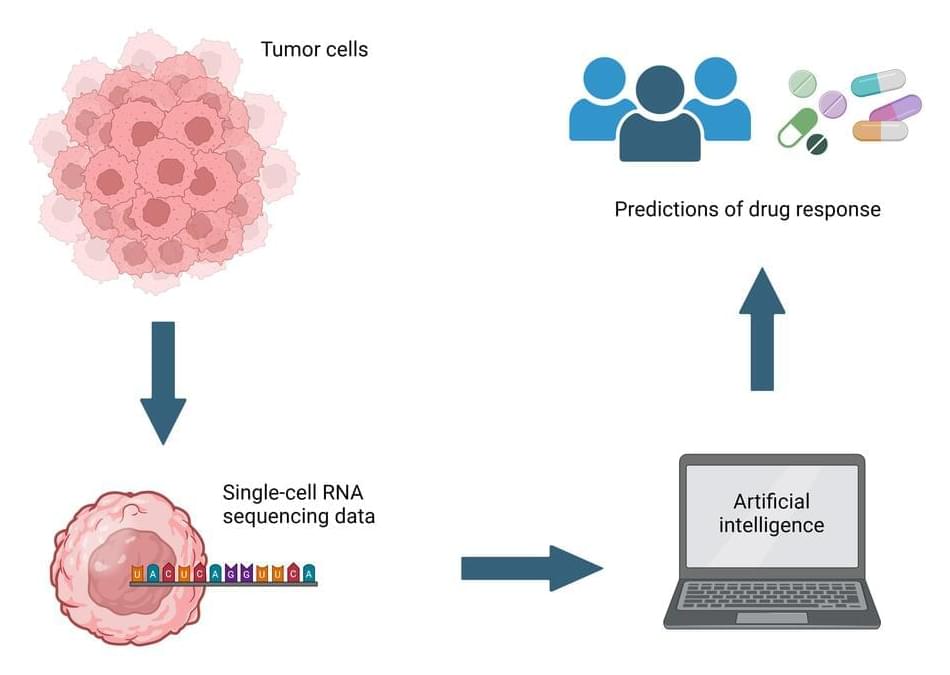
NCI researchers have developed an artificial intelligence (AI) tool that uses data from individual cells inside tumors to predict whether a person’s cancer will respond to a specific drug. These findings, published today in Nature Cancer, suggest that such single-cell RNA sequencing data could one day be used to help doctors more precisely match cancer patients with drugs that will be effective for their cancer.
An AI tool called PERCEPTION developed by NCI researchers could one day be used to help more precisely match patients with effective cancer drugs.
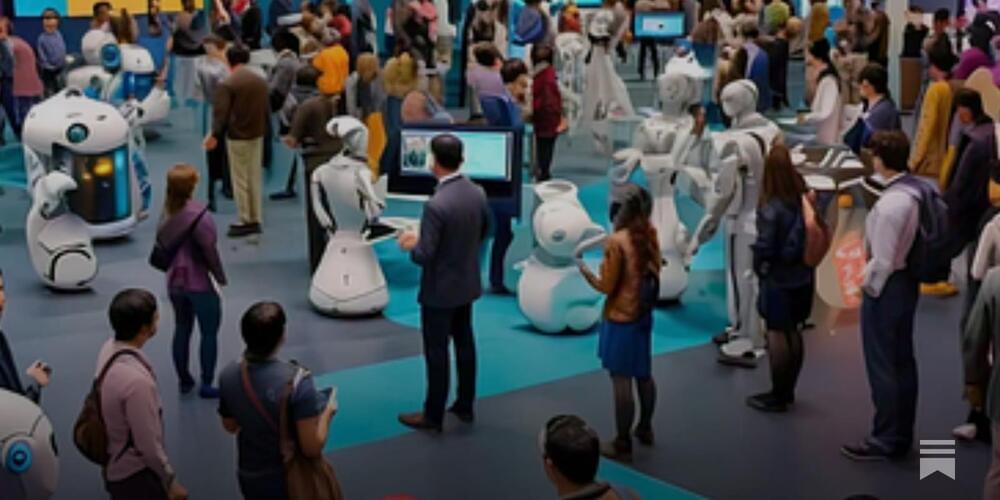
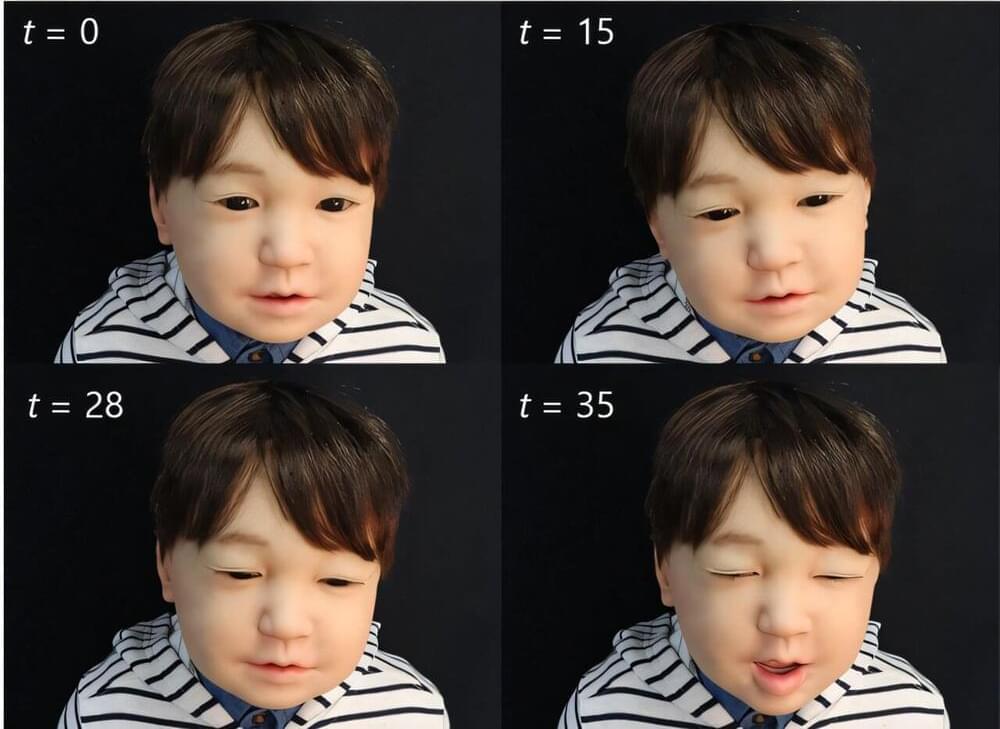
Even if an android’s appearance is so realistic that it could be mistaken for a human in a photograph, watching it move in person can feel a bit unsettling. It can smile, frown, or display other various, familiar expressions, but finding a consistent emotional state behind those expressions can be difficult, leaving you unsure of what it is truly feeling and creating a sense of unease.
Until now, when allowing robots that can move many parts of their face, like androids, to display facial expressions for extended periods, a “patchwork method” has been used. This method involves preparing multiple pre-arranged action scenarios to ensure that unnatural facial movements are excluded while switching between these scenarios as needed.
However, this poses practical challenges, such as preparing complex action scenarios beforehand, minimizing noticeable unnatural movements during transitions, and fine-tuning movements to subtly control the expressions conveyed.
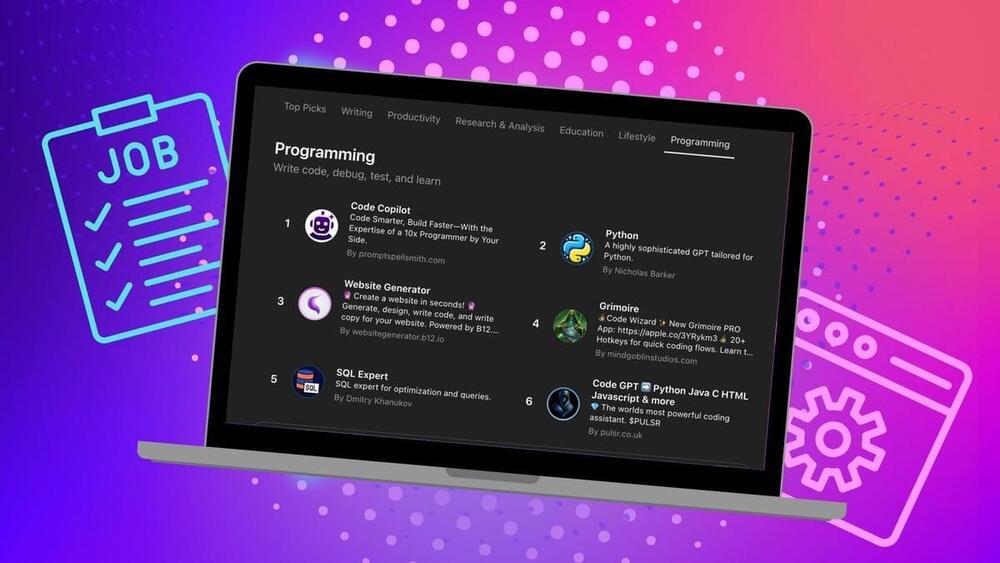
Generative AI has only been around for two years as an emerging technology, but it has already taken its place as a must-have tool for technology professionals. Job postings mentioning gen AI increased by a factor of 3.5x over the past year. For technology professionals, this points to a shift in emphasis in their day-to-day work. But given that it is now a mainstream skill, is it even necessary to include gen AI competencies in postings anymore?
In just two years, AI has gone from hype to essential skill, offering massive productivity gains and increasing creativity among teams who use it. Here’s how.
What if our understanding of time as a linear sequence of events is merely an illusion created by the brain’s processing of reality? Could time itself be an emergent phenomenon, arising from the complex interplay of quantum mechanics, relativity, and consciousness? How might the brain’s multidimensional computations, reflecting patterns found in the universe, reveal a deeper connection between mind and cosmos? Is it possible that advancements in our understanding of temporal mechanics could one day make time travel a practical reality rather than a theoretical concept? Could Quantum AI and Reversible Quantum Computing provide the tools to simulate, manipulate, and even reshape the flow of time, offering practical applications of D-Theory that bridge the gap between theoretical physics and transformative technologies? These profound questions lie at the heart of Temporal Mechanics: D-Theory as a Critical Upgrade to Our Understanding of the Nature of Time, my 2025 paper and book. D-Theory, also referred to as Quantum Temporal Mechanics, Digital Presentism, and D-Series, challenges conventional views of time as a fixed, universal backdrop to reality and instead redefines it as a dynamic interplay between the mind and the cosmos.
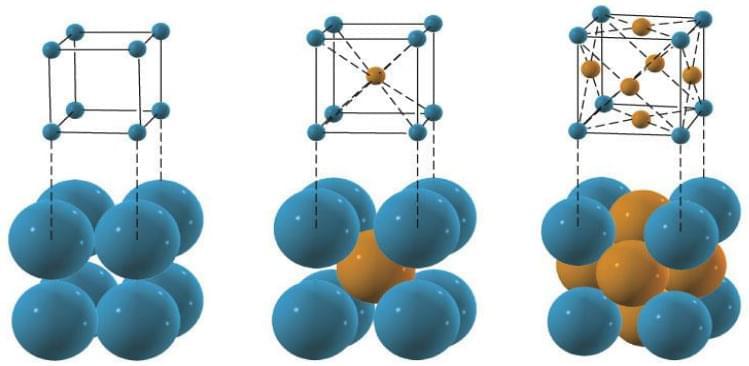
All solids have a crystal structure that shows the spatial arrangement of atoms, ions or molecules in the lattice. These crystal structures are often determined by a method known as X-ray diffraction technique (XRD).
These crystal structures play an import role in determining many physical properties such as the electronic band structure, cleavage and explains many of their physical and chemical properties.
This article aims to discuss an approach to identify these structures by various machine learning and deep learning methods. It demonstrates how supervised machine learning and deep learning approaches and help in determining various crystal structures of solids.